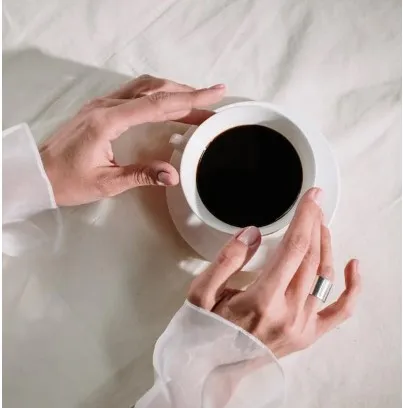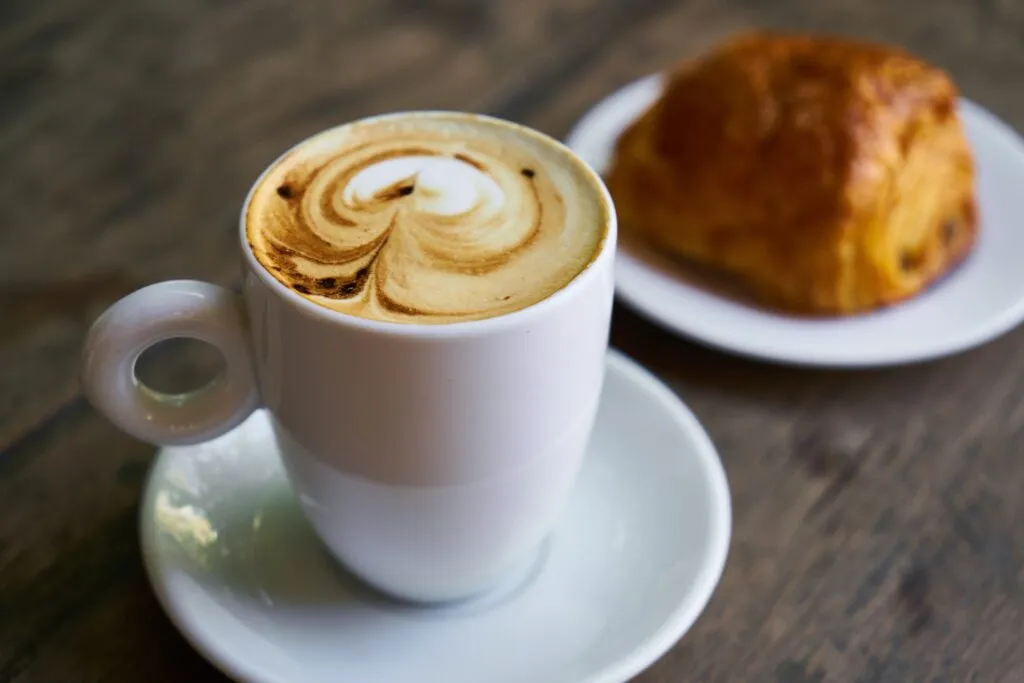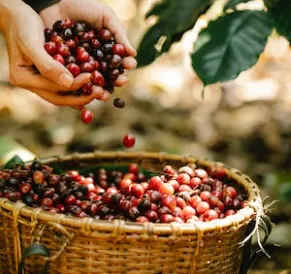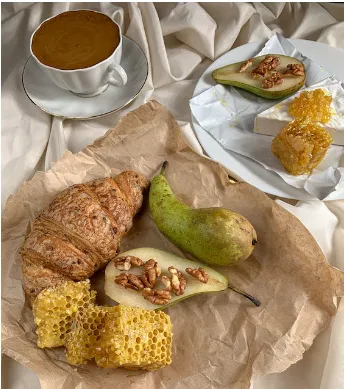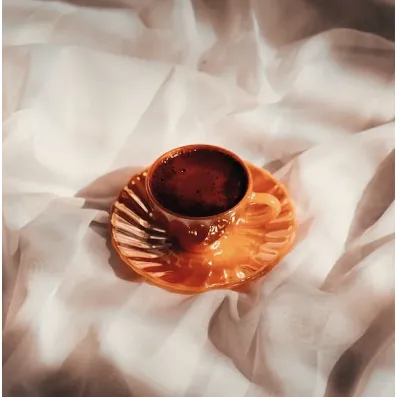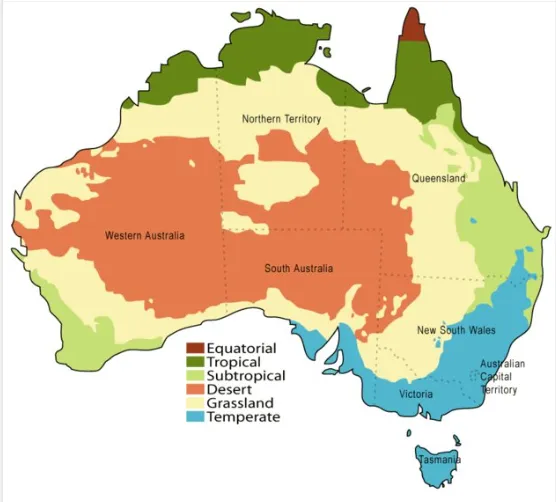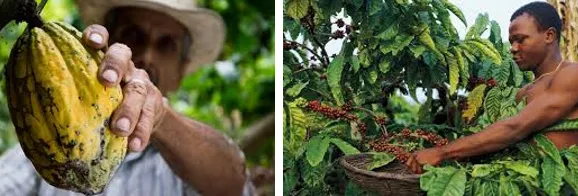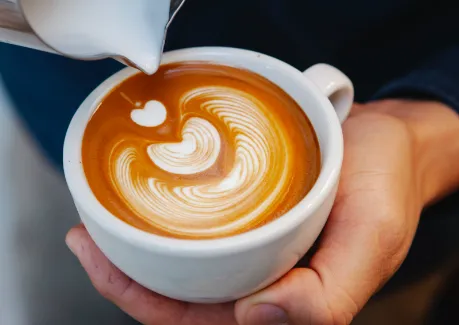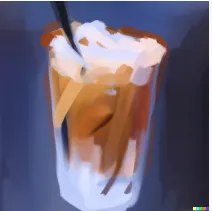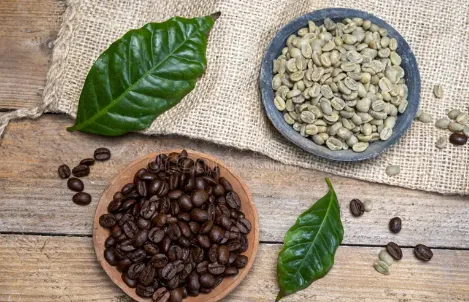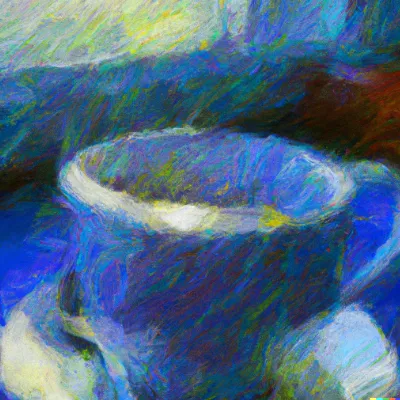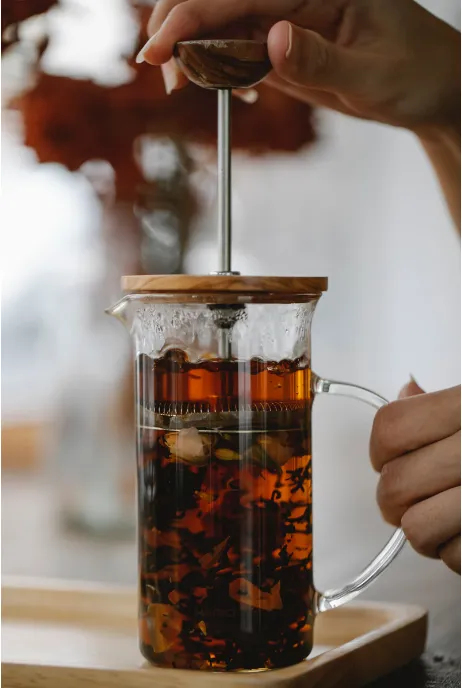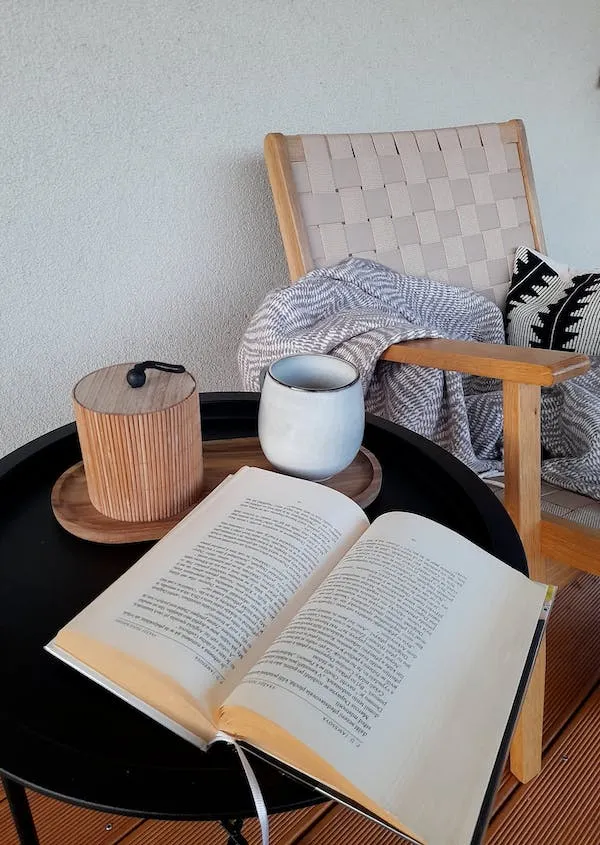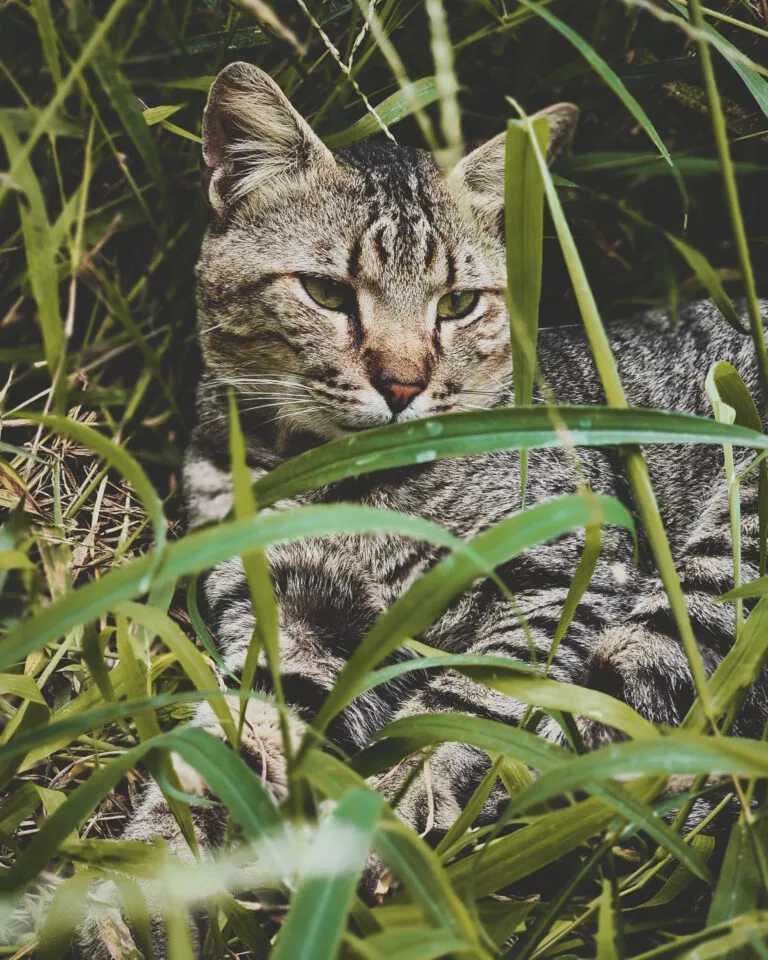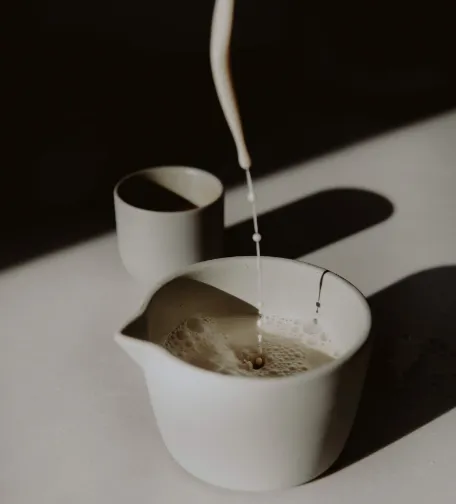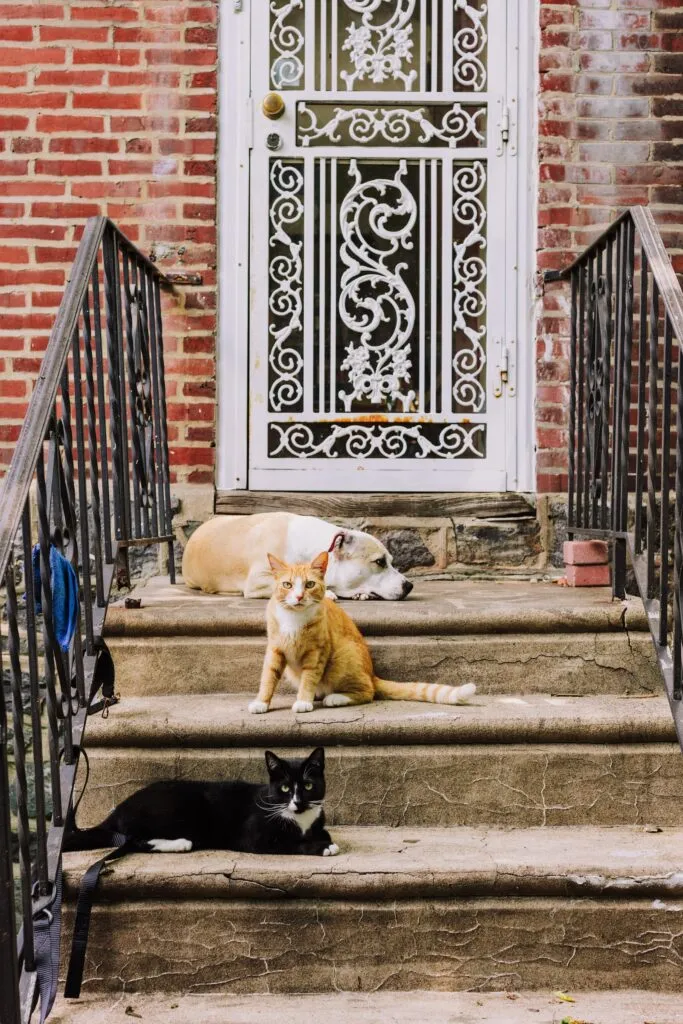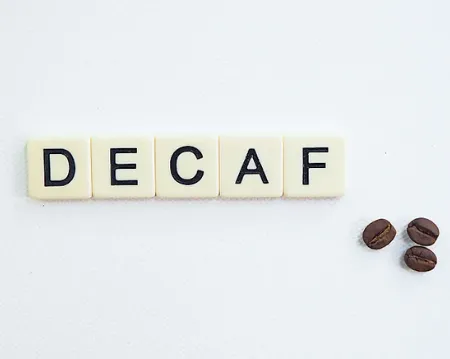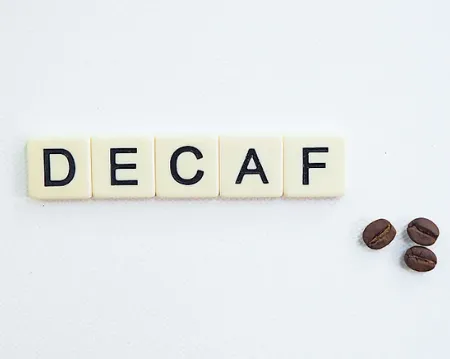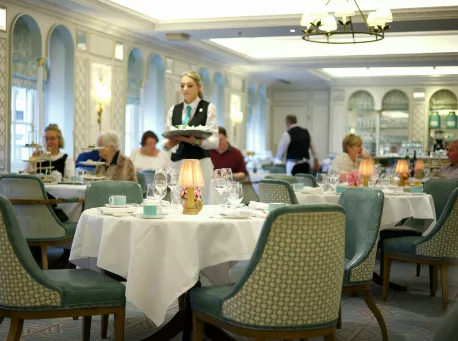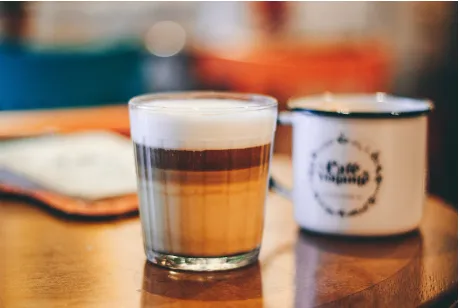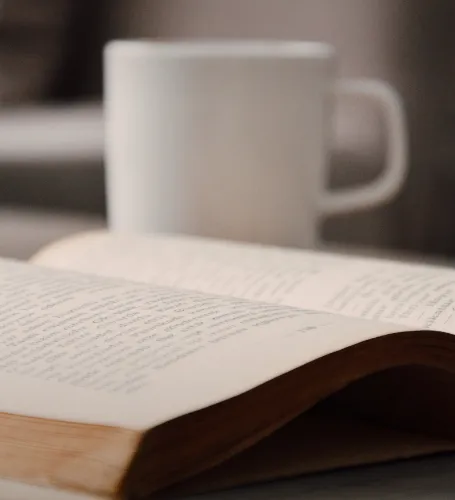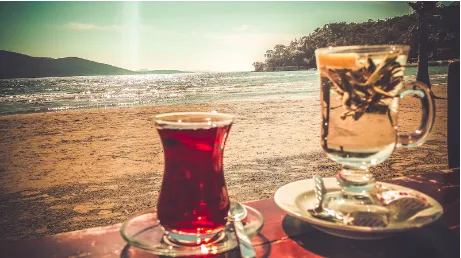A Sip of History: The Ancient Origins of Tea
Picture this: you’re sipping on a steaming cup of your favourite tea, enjoying its comforting aroma and soothing taste. So, let’s discover where this centuries-old tradition began. Let’s take a journey back in time to uncover the ancient origins of tea, a beverage that has not only quenched thirst but also shaped cultures and societies around the world.
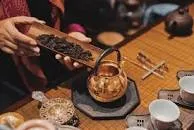
The Early Discovery and Legendary Beginnings
Tea’s history is steeped in legends that intertwine with the ancient cultures of China. One of the most famous tales tells of Emperor Shen Nong, a mythical figure and ancient herbalist, who lived over 5,000 years ago. According to the legend, while boiling water under a tea tree, some leaves accidentally fell into his pot. Intrigued by the resulting brew, he tasted it and found it to be both invigorating and refreshing. Whether this tale is entirely true or not, it’s a captivating glimpse into the beginnings of tea. invigorating
Tea’s Role in Ancient Chinese Culture
Moving forward to more historically documented times, tea became a prominent part of Chinese culture. By the Tang Dynasty (618–907 AD), tea had already established itself as a popular beverage. It was during this period that the first written records of tea appeared, describing how tea leaves were picked, processed, and brewed.
During the Tang Dynasty, tea drinking took on a ceremonial significance. Tea gatherings became a way for scholars and poets to exchange ideas, discuss literature, and engage in philosophical debates. The Chinese also introduced the concept of “tea masters,” who specialised in the art of tea preparation, marking the beginning of the tea ceremony culture that would later spread to other parts of the world.
Tea’s Journey Beyond China
Tea’s popularity spread along trade routes and began to cross cultural boundaries. It found its way to Japan, where the tea ceremony, known as “chanoyu” or “sado,” took root as a reflection of harmony, respect, and tranquility. The tea ceremony elevated tea from a mere beverage to an art form that celebrated mindfulness and the aesthetics of both tea preparation and consumption.
By the start of the 9th century, tea also made its way to the Middle East, where it captured the attention of traders and travellers. By the 17th century, tea had become a fashionable beverage in Europe, especially among the aristocracy. The British are famously known for their afternoon tea tradition, a social event that has become a symbol of refinement and sophistication.
The Trade and Cultural Exchange
As tea’s popularity continued to grow, it became a major player in international trade. The demand for tea prompted interactions between various cultures and nations, influencing everything from trade routes to the establishment of plantations in far-flung corners of the world. The British East India Company played a significant role in this, with tea becoming a valuable commodity that fueled the global economy.
However, tea’s journey wasn’t without its controversies. The British Empire’s expansion into India led to the development of tea plantations there. This expansion, while boosting tea production, also involved complex social and economic dynamics, including the impact on local communities and workers.
Modern Times
Fast-forward to today, and tea has become an integral part of daily life for millions worldwide. From the crowded and bustling streets of India to the serene teahouses of Japan and the cozy cafes of Europe, tea’s diverse cultural significance is undeniable.
The varieties of tea have expanded far beyond their original forms. While the traditional 4green, black, white, and oolong teas still dominate, innovative blends and herbal infusions have added new dimensions to the tea-drinking experience.
In Conclusion
Tea’s journey from its mythical 2beginnings in ancient China to its global presence today is a testament to its enduring allure. As you take another sip of your favourite brew, you’re not just enjoying a beverage – you’re connecting with centuries of history, culture, and human ingenuity. So, whether you’re savouring a cup of traditional matcha or trying a unique herbal blend, each sip carries with it the legacy of a drink that has united people across time and space.
Sources
With thanks to:




